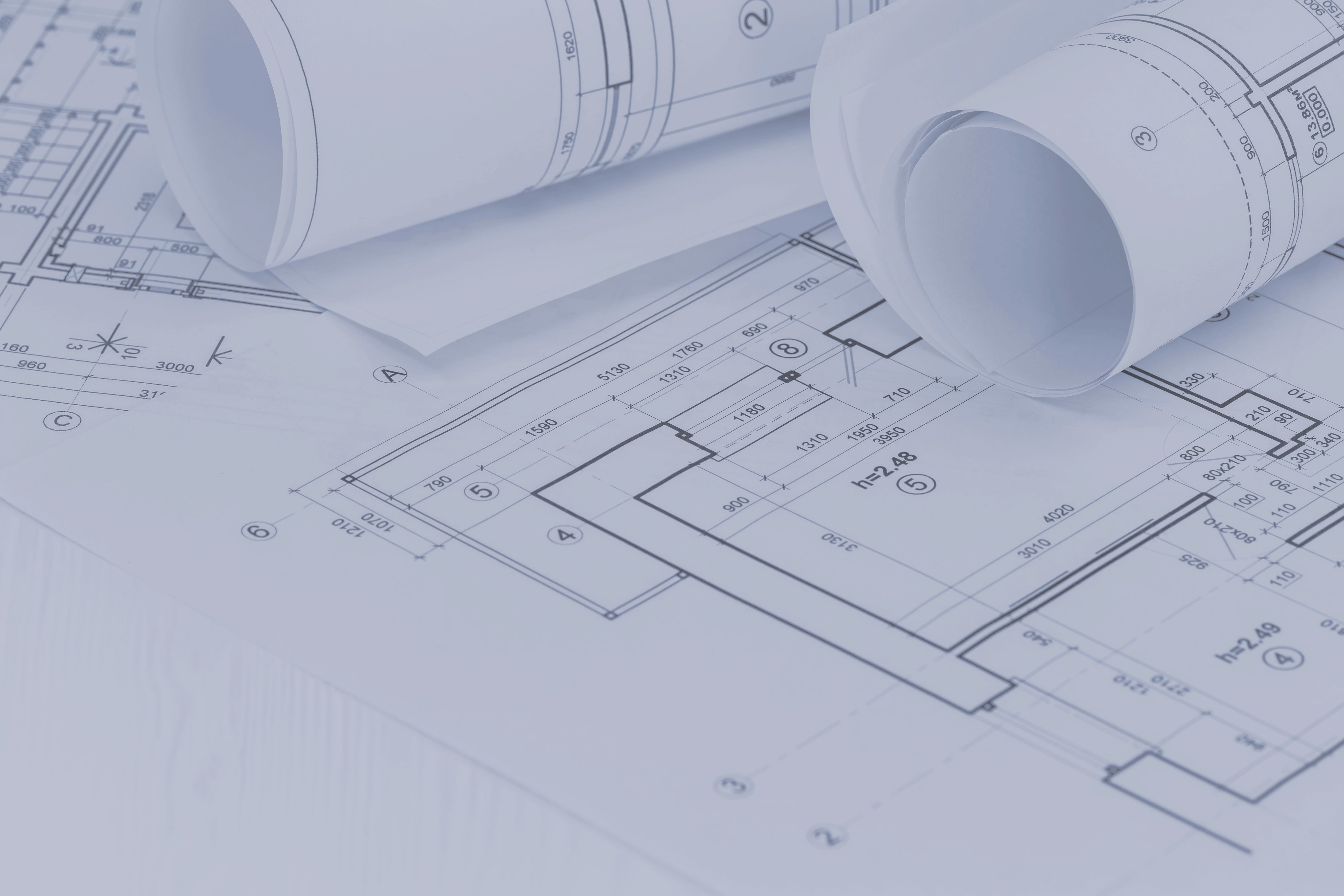Net profit is one of the key measures of financial success. Do you know how to calculate it for your business? This number is your revenue (what you collect from the client, both in time billing and design fees, as well as for furnishings and services) minus your overhead costs and the cost of the goods sold (what you pay your vendors for furniture, fabric and the like).
Calculating Your Overhead Costs
The revenue you bring in is fairly straightforward, but your overhead costs can be harder to define. Overhead should range from 25 to 40 percent of every dollar you bring into your business, and it includes common expense categories like advertising, marketing and PR; insurance; payroll; professional services like accounting, bookkeeping and legal; and rent and utilities.
The overhead section of your income (profit-and-loss) statement tells you how much it costs to keep your doors open even if you don’t sell any products or services.
Developing a Reserve Target
When business is abundant, holding three months of overhead expenses in savings is sufficient. If your pipeline isn’t plentiful, setting aside six to 12 months of expenses will help you sleep at night. That savings means you can continue to run your business more or less as usual during a slow period rather than resorting to volatile shifts in headcount as your firm bounces from boom to bust cycles.
Here’s a quick balance-sheet example that can help you determine how much to set aside:
Annual revenue $ 1,000,000
Cost of goods sold $500,000
Gross profit $500,000
Overhead $420,000
Net profit $80,000
In this case, a good reserve target for when business is booming is $105,000 ($35,000 a month in overhead costs, multiplied by three months). A reserve target worth six months of savings is $210,000, and a very conservative business reserve, or a whole year’s worth of overhead expenses, is $420,000.
Why You Need Reserves
Reserves have a few important purposes. First, they allow your business to pay taxes without having to borrow money and pay interest. They also provide breathing room during business cycles when cash flow is unpredictable.
I once met with a client who had several million in revenue and a healthy net profit, but absolutely no money in the bank. After taking a look at the firm’s balance sheet, I realized that they had maxed out their credit cards and line of credit, and had drawn out more cash than they had in net profit. The firm almost went bankrupt due to cash spent on personal expenses, and the principal ultimately sold their building and laid off most of the staff. The failure wasn’t in the business itself—that was actually healthy. The issue was their understanding of the balance sheet and how much of the money in the bank they could spend versus how much they needed to save.
The bottom line: Building a reserve can be challenging to prioritize—but if you haven’t started yet, the time to do so is now. An easy trick? Simply save 10 percent of every check you receive. Before long you will have a very healthy savings account.
For insights and analysis on how designers across the country run their firms, download the 2023 Interior Design Business Survey report, presented by Pearl Collective, Interior Talent and Business of Home.
____________
Gail Doby is co-founder of Pearl Collective (formerly Gail Doby Coaching & Consulting), an interior design business consultancy that helps designers, architects and other creatives increase their profitability. Doby ran her own design firm in Denver for nearly 20 years and has a degree in finance and banking. Since 2008, she has been helping designers scale their businesses profitably and reach financial freedom. As a coach, mentor and business transformation specialist, she shares innovative ways to overcome the roadblocks, challenges and detours creative entrepreneurs face. She is also the bestselling author of Business Breakthrough: Your Creative Value Blueprint to Get Paid What You’re Worth. Her goal is to empower design industry clients to differentiate themselves, drive measurable results, achieve business projections, and create personal satisfaction through game-changing strategies and business practices.





























